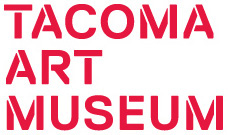Karel Appel
Karel Appel studied at the Rijksakademie van Beeldende Kunsten, Amsterdam in the early 1940s. In 1946 his first solo show was held at Het Beerenhuis, Groningen, Netherlands, and he participated in Jonge Schilders (Young painters) at the Stedelijk Museum, Amsterdam. He was a member of the Nederlandse Experimentele Groep (Dutch Experimental Group, 1948) and established the Cobra group (1948–51) with Constant (Constant Nieuwenhuys), Corneille (Guillaume Cornelis Beverloo), and other painters from Copenhagen, Brussels, and Amsterdam. The style distinguished itself through bold, expressive compositions inspired by folk and children's art, as well as by the work of Paul Klee and Joan Miró.
In 1950 the artist moved to Paris and remained in France for much of the rest of his life though he traveled extensively including to the United States. During the 1950s and 1960s he executed numerous murals for public buildings and exhibited throughout Europe. In the 1970s and 1980s, Appel continued to work simultaneously in sculpture and painting, pushing his abstraction further with his window paintings—a series he began in 1980. Appel also gradually introduced landscape into his iconography, which would develop into a more consistent engagement in the last decade of his work. In the 1980s, Appel also began his collaborations with American poet Allen Ginsberg, which would continue over the next ten years. In his later career, his work was the subject of numerous solo exhibitions.



